A chainsaw’s bar guides the chain while cutting through different materials, making it one of your tool’s most important components. Chainsaws are often classified according to the bar’s length, measured from the bar’s tip to the chainsaw’s body. If you’ve ever seen a chainsaw with an upside-down bar, you might be wondering why.
Contents
Why Do Chainsaw Users Flip the Bar Upside Down?
All chainsaw bars are designed so that the guide bar can be installed right-side up or upside down, which is why it isn’t uncommon to see a chainsaw bar that’s installed upside down. The main reason for flipping the guide bar is that it’s the best way of counteracting the damaging effects of standard wear and tear.
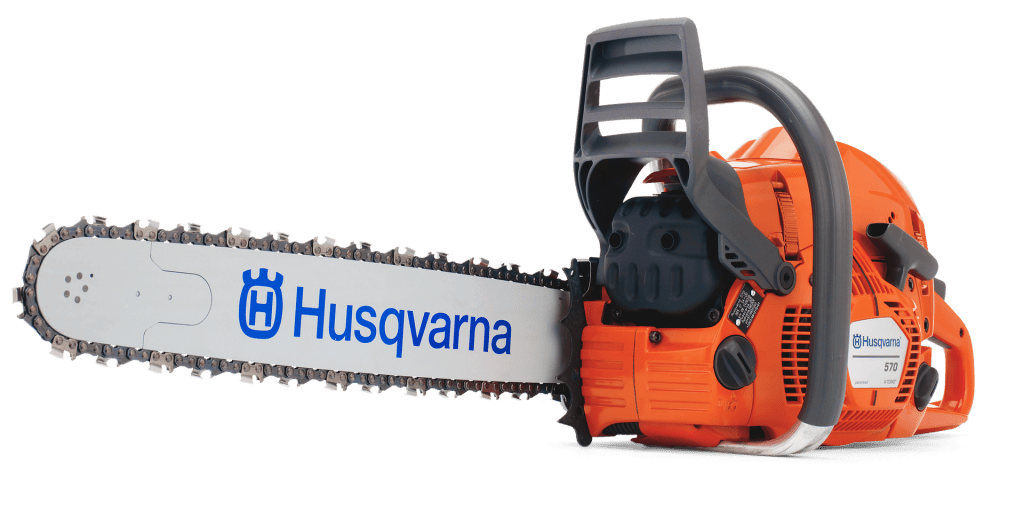
When you consider how a chainsaw is used, it’s clear that most of the cutting happens near the bottom of the guide bar. This part of the bar is where cutting materials come into contact with the chainsaw, which means this area dulls and wears out faster than other parts. Ultimately, this leads to increased wear at the bottom of your guide bar.
The more this section of the bar wears due to regular use, the less securely the guide bar can hold the chain in place. This wear will prevent your chain from moving smoothly around the guide bar, negatively impacting your chainsaw’s cutting capabilities and the quality of the cuts you make.
Flipping the chainsaw bar will allow it to wear evenly, which prevents the abovementioned effects. Due to this, a chainsaw bar that isn’t flipped will need to be replaced sooner than a bar that is regularly flipped. Occasionally using an upside-down chainsaw bar is the best way to ensure your chain runs smoothly and that all your cuts remain efficient and precise.
Routinely switching the bar’s position will extend its lifespan by up to 50%. How often you flip your bar will depend on how often you use your chainsaw. While most professionals flip the bar after every use to counteract the wearing effects, homeowners who don’t use their chainsaws often won’t need to flip the bar as often.
When Should You Flip Your Chainsaw Bar?
There is no set guideline for when or how often you should flip your chainsaw bar. Frequent chainsaw users will need to flip the bar more often than infrequent users. Despite this, flipping the bar is crucial to your chainsaw’s maintenance, and you should decide when to flip the bar based on how often you use your saw.
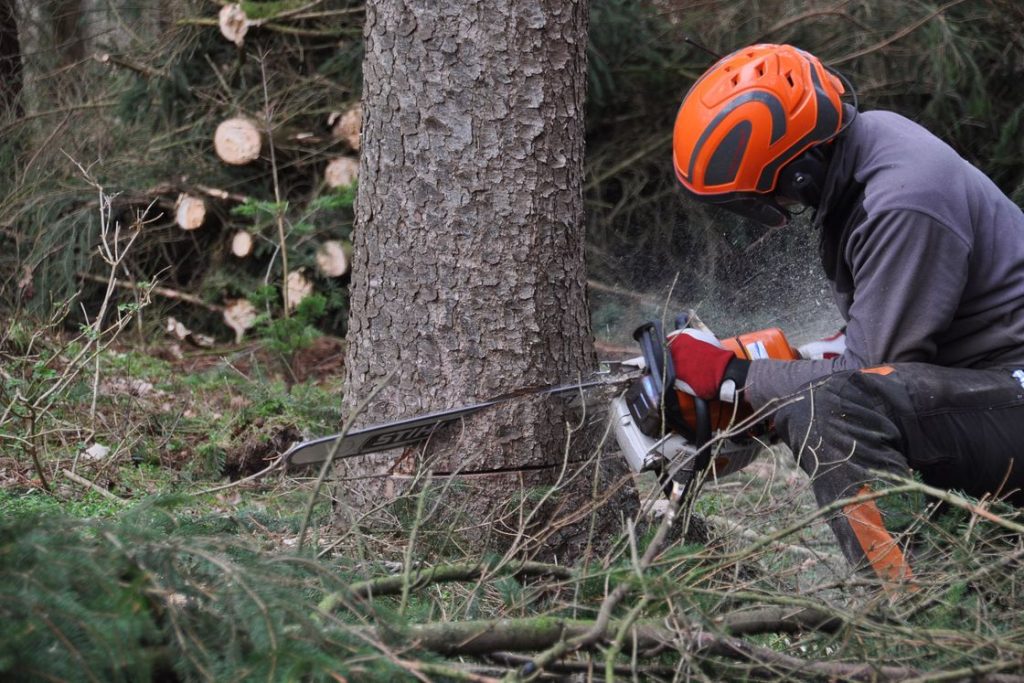
If you’re a professional who regularly uses your chainsaw, you should flip your bar after every use. Chainsaws for cutting firewood and all types of chainsaws should be cleaned after every session, which is the perfect time to switch the bar from right-side-up to upside-down (or vice versa). Make sure you take note of an identifying logo, label, or mark to ensure the bar is flipped to the other side.
Intermittent chainsaw users can flip their bars whenever they sharpen or replace the chainsaw chain. Flipping the bar when sharpening the chain is ideal for those who use their tool more often. Those who use their chainsaw slightly less may prefer to only flip it when replacing their chainsaw chain.
Infrequent users who rarely use their chainsaws may only need to flip the guide bar once a year. How often you flip the bar should be proportional to how frequently you use your chainsaw. Regardless of when you choose the flip the bar, you should ensure this important step is included in your maintenance routine.
How Do You Turn Your Chainsaw Bar Upside Down?
Flipping a chainsaw bar is a simple process that only requires a screwdriver and the spanner that came with your model. The chain’s tension will need to be reduced to flip the bar. The chain will wobble between the guide rail and the bar as you loosen it. The sprocket cover must then be removed to flip the bar.
The nuts holding the chainsaw’s sprocket cover in place can be removed with your spanner. Removing this cover will expose the bar and sprocket, allowing you to remove the guide bar. Take note of which direction your bar was installed (and to which side it should be flipped) before cleaning it and replacing it.
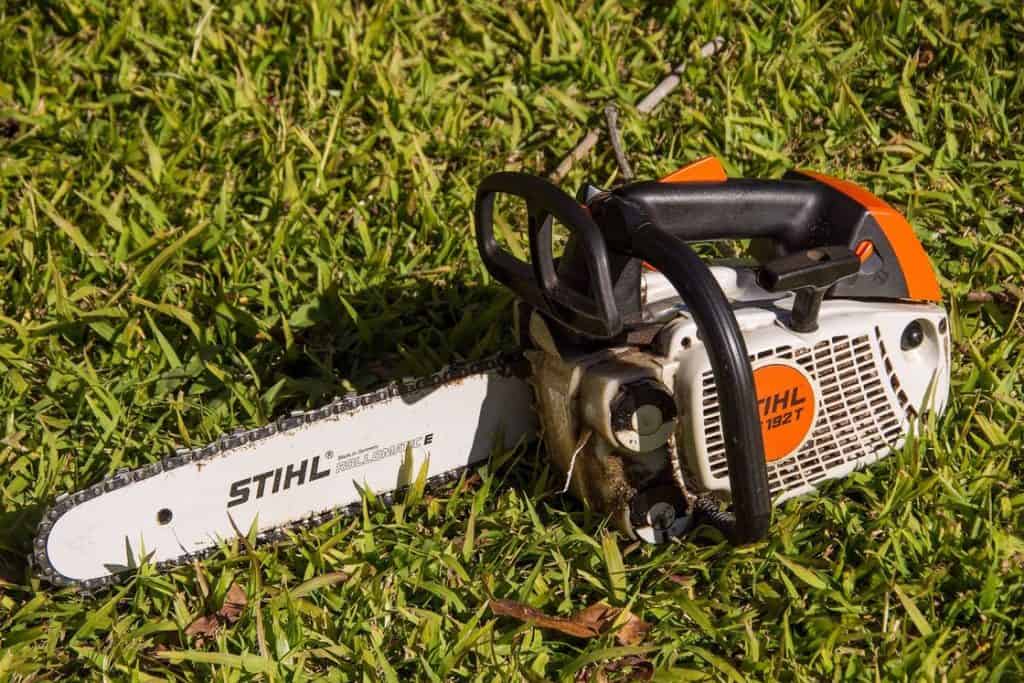
Once you’ve flipped the bar, you can replace the sprocket cover and tighten the nuts. The nuts should be properly tightened to ensure the bar guides the chain while cutting. Finally, you can adjust your chain’s tension to ensure it isn’t too loose or tight. Don’t forget to flip your chainsaw bar again to ensure it wears evenly!
Frequently Asked Questions
How Frequently Should You Flip a Chainsaw Bar?
You should flip your chainsaw bar based on how frequently you use your chainsaw. While intermittent users should flip the bar when sharpening or replacing the chain, professional users will need to flip the bar after every use.
Can Any Chainsaw Bar Flip?
Every chainsaw bar is designed for two mounting positions, namely right-side up or upside down. Manufacturers are aware of the increased wear of heavily-used parts of the bar, with the design of the bar accounting for these negative effects and significantly extending the bar’s lifespan.
What Happens When a Chainsaw Bar Isn’t Flipped?
Failure to flip a chainsaw bar will reduce its lifespan and prevent the chain from moving smoothly around the guide bar, which results in poor cutting quality. Since increased wear on the bar can bog down the chain’s movement, not flipping the bar can cause strain on the chainsaw’s engine and cause your chainsaw to overheat.
Conclusion
Chainsaw bars are flipped to prevent the bar from uneven wear, which impacts the tool’s overall performance. All chainsaw bars can be flipped between the right-side up and upside-down positions, which allows them to wear evenly and extends the bar’s lifespan by up to 50%. However, there is no golden rule for how often the bar should be flipped.
![Best 12-Inch Miter Saws – [Top Picks & Reviews for 2023] 4 Best 12-Inch Miter Saws – [Top Picks & Reviews for 2023] Best 12-Inch Miter Saw](https://brandisawyer.com/wp-content/uploads/2020/06/Best-12-Inch-Miter-Saw-768x384.jpg)
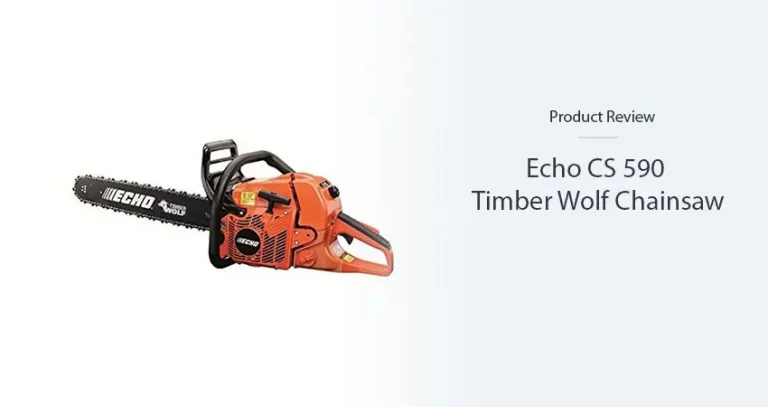
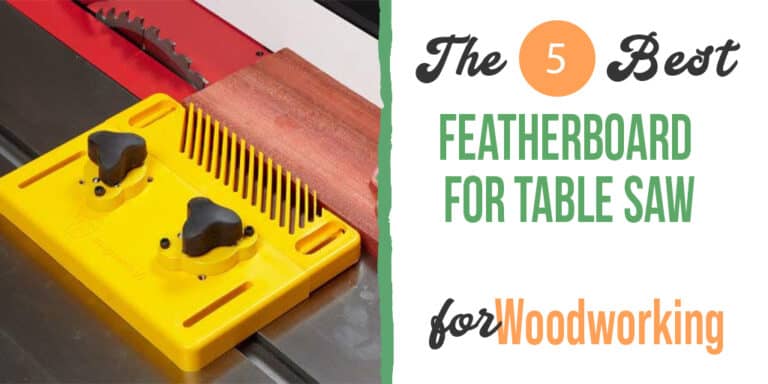
![Best Budget Chainsaws Under $200 – [Tested & Reviewed] 7 Best Budget Chainsaws Under $200 – [Tested & Reviewed] Best Budget Chainsaws Under $200](https://brandisawyer.com/wp-content/uploads/2020/06/Best-Budget-Chainsaws-Under-200.jpg)

